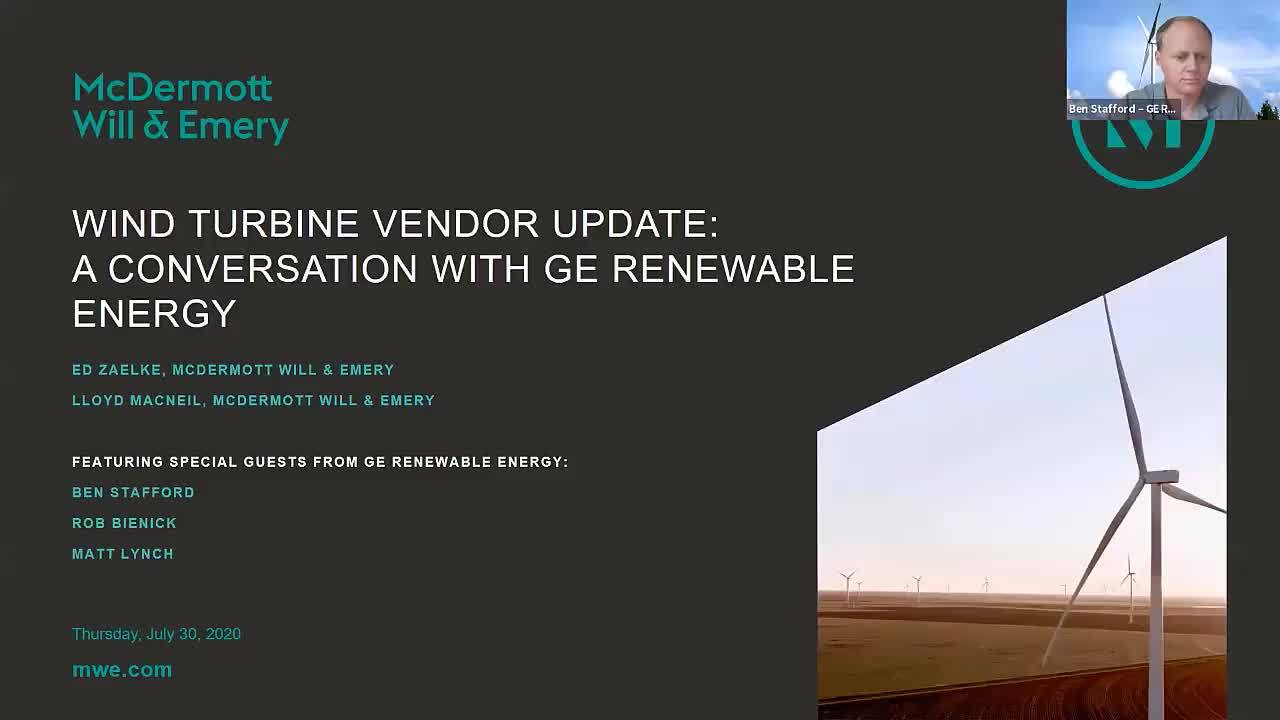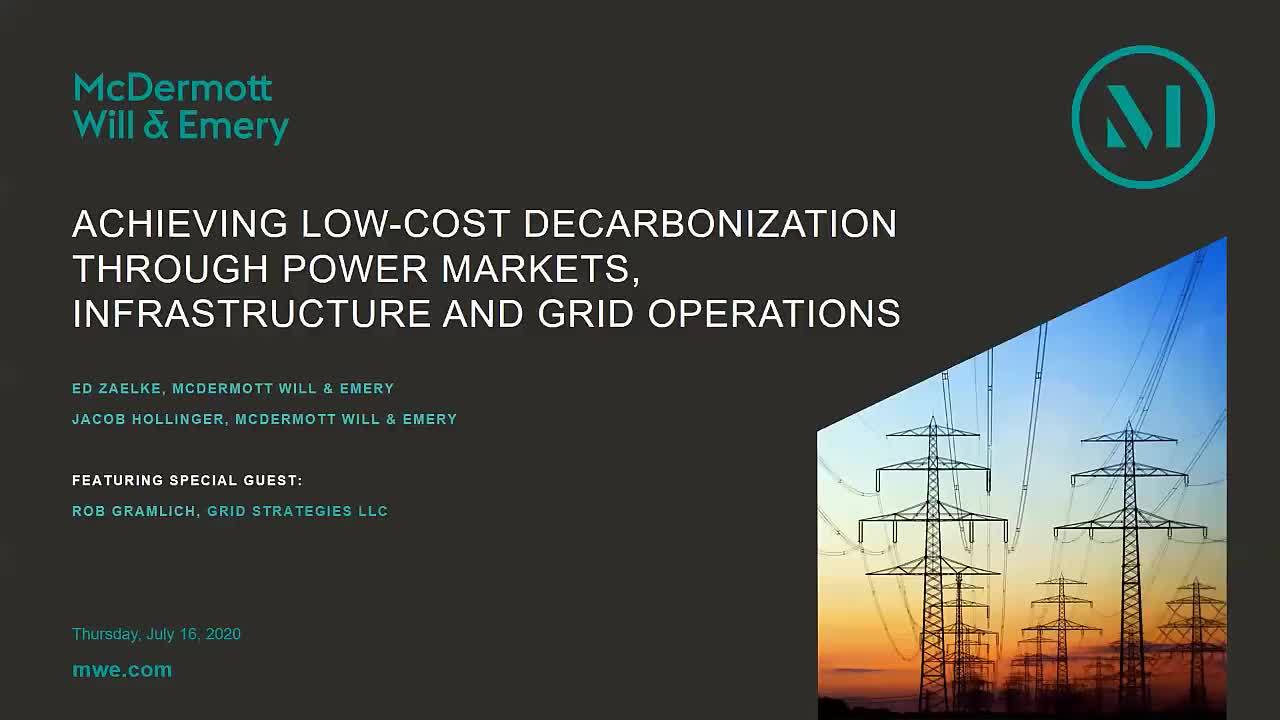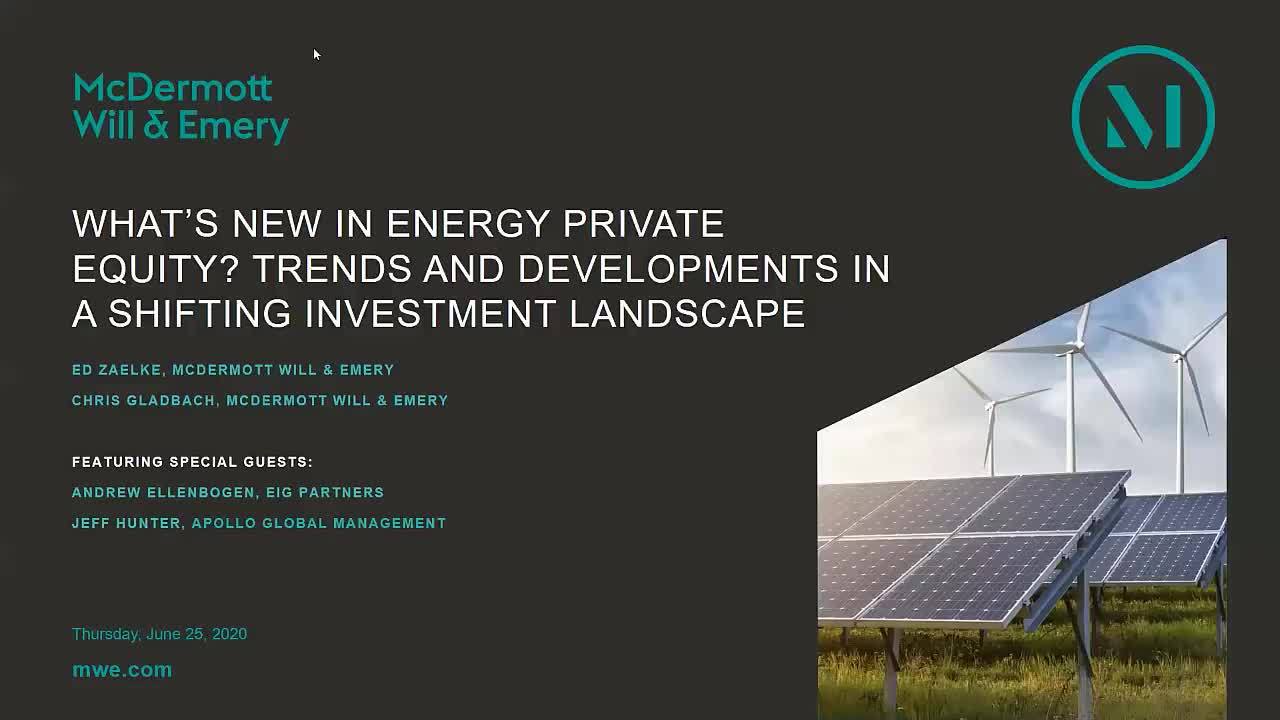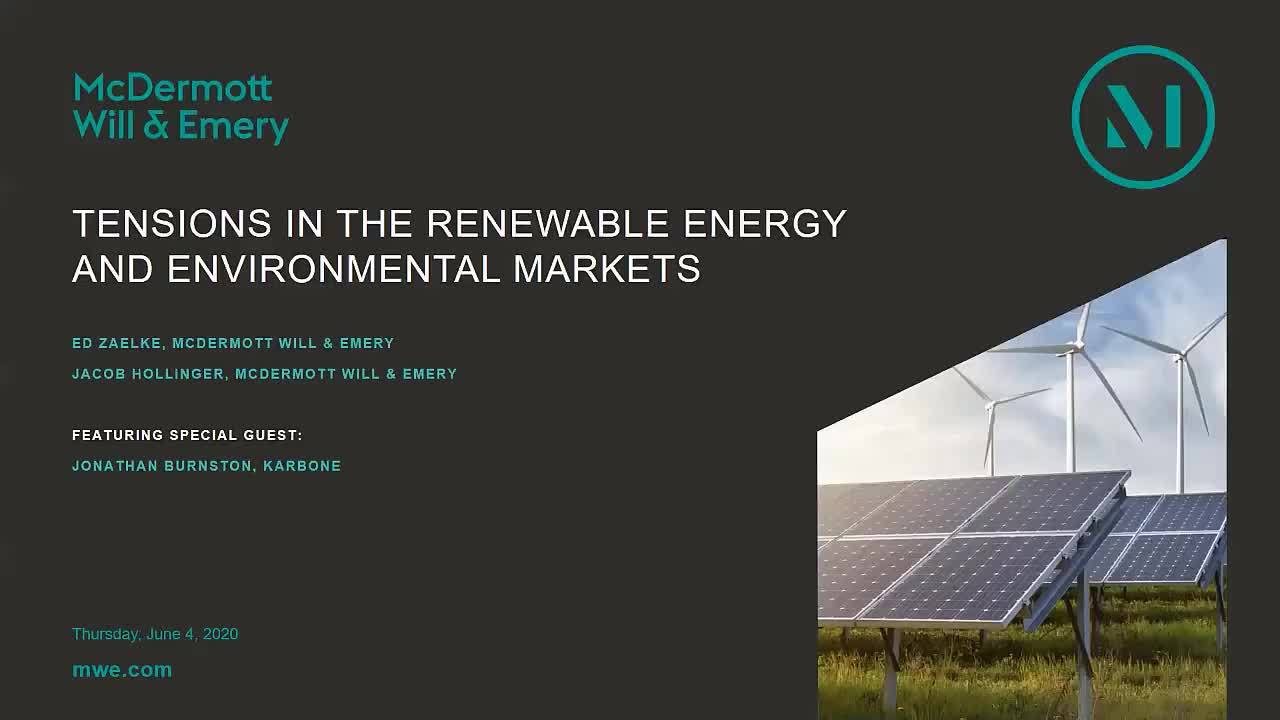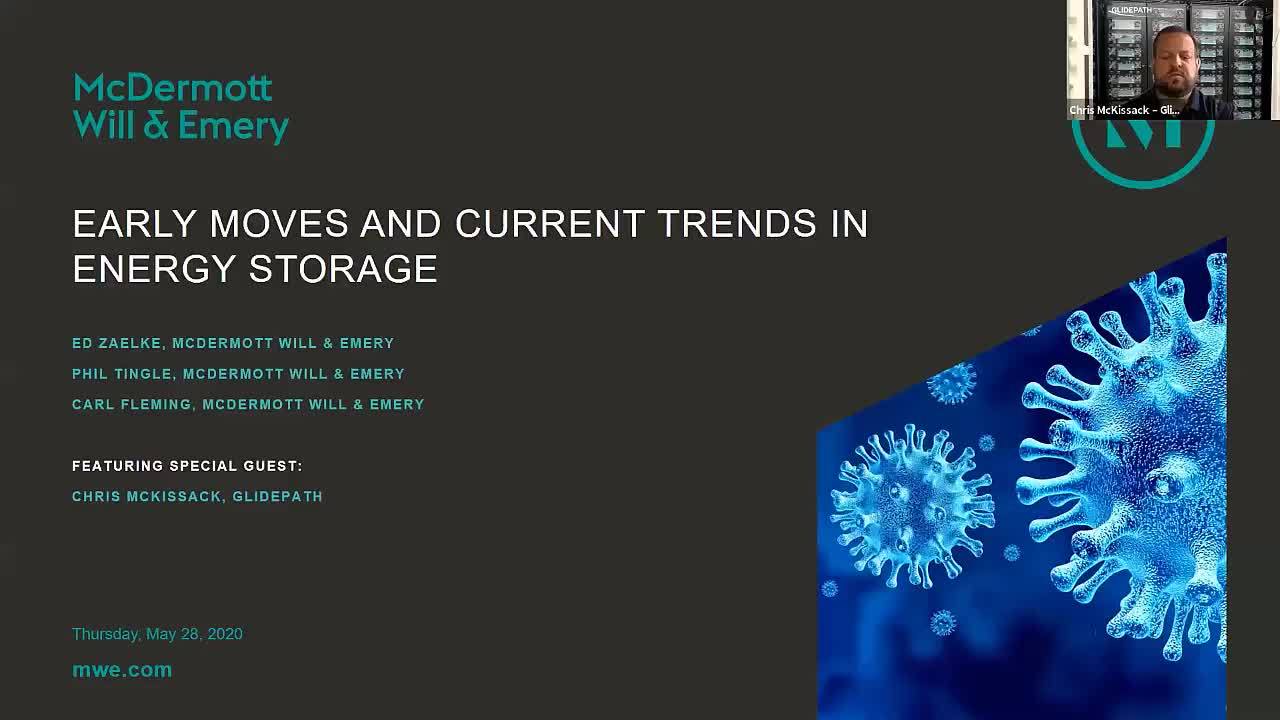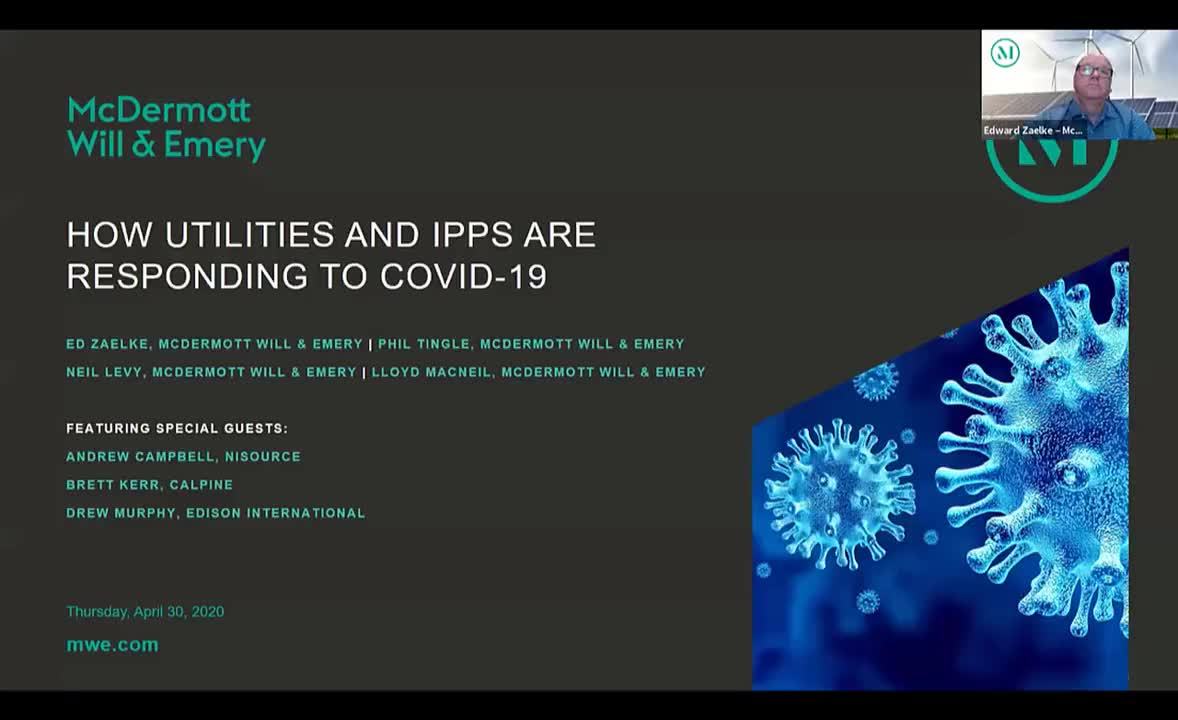McDermott hosted James McGinnis, managing director at PJ Solomon, and Salvo Vitale, country manager at US Wind, on September 17 for an interactive discussion on the US offshore wind market.

Below are key takeaways from this week’s webinar.
1. The challenges facing the US offshore wind industry are similar to challenges that are faced with any newly-emerging industry: keeping the large number of stakeholders satisfied and maintaining support from the general public, which will need a concurrence of private interests towards common goals. Political winds in particular are subject to change, and therefore should be carefully monitored. Policy ultimately aligning with industry to carry the industry forward will be critical.
2. Managing timing expectations can be particularly important. As a new industry, logistics and development processes are continuing to develop and there may be unexpected issues that influence timing (including logistical, technical and policy issues) that in turn affect stakeholders in various ways. To the extent possible, the industry should be prepared for these unknown risks.
3. Availability of tax equity will be critical and there are open questions as to whether that capacity will be available to support the large amount of capital that will be needed. Oil Majors and Strategic players will of course be advantaged in the near-term given these challenges. In the medium term, additional pools of tax-advantaged capital will need to be identified to fill the gap (or policy solutions will need to be employed to address this issue).
4. As the industry matures certain players such as certain equipment suppliers or service providers will likely become more prominent and sometimes the only reliable resource for such product or service. However, there are players in the market that may not be known in the US but are participants in the global market. The industry should continue to seek out other suppliers or service providers that are outside its comfort zone.
5. The enormity of capital needed to support all of the offshore development cannot be over-emphasized. Significant opportunities are and will become available for private equity investors to participate in a prudent and meaningful way (and to obtain outsized returns).
6. While some uncertainties and risks still exist in the US offshore wind industry, recent developments indicate that there is interest in the market and capital that is available to be deployed. As more projects move forward and permitting and other obstacles get resolved, barriers to additional capital deployment will be lowered.
To begin receiving Energy updates, including invitations to the webinar series, please click here.
read more

 Subscribe
Subscribe